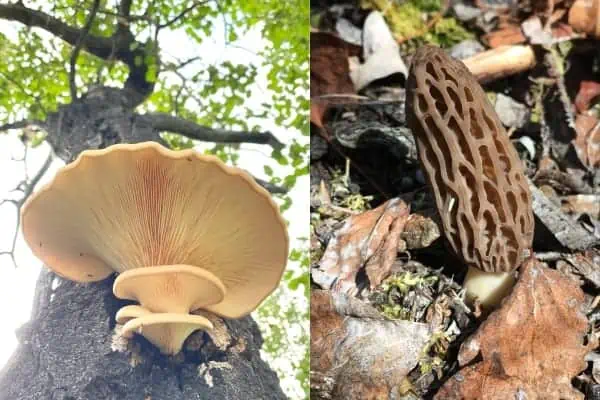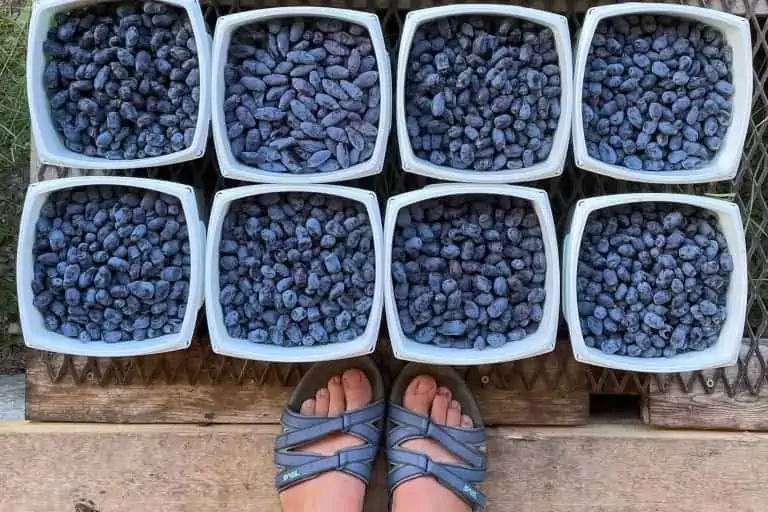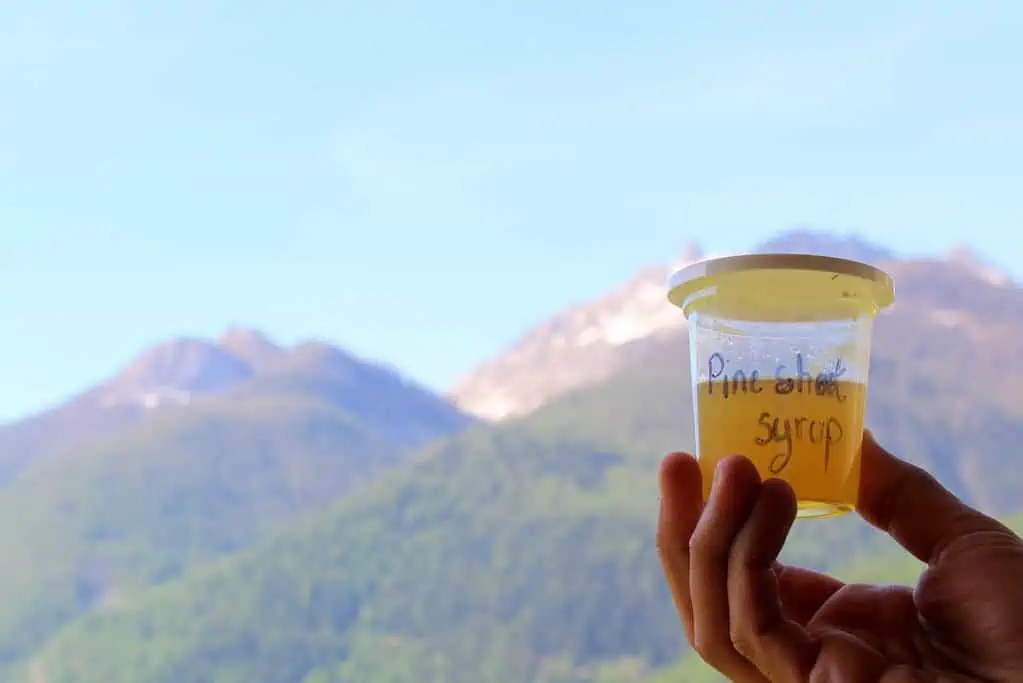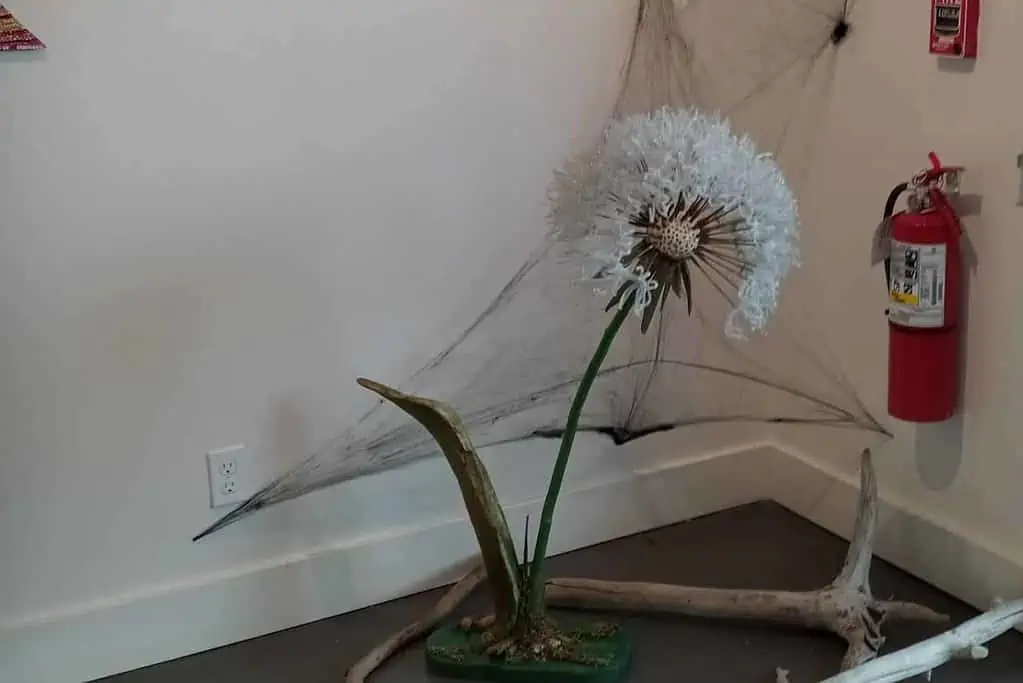I was re-routing some electrical cables through some bushes the other day, and what did my little eye spy? Not one, but two beautiful Agaricus mushrooms, one quite large and already flattened out like a pancake, the other with its veil still intact.
This combination is ideal for identification.
I promptly sliced them off at the base of the stalk with a sharp knife, noting little wormy tunnels through the stem of the larger one, and went inside to consult my mushroom guides, completely forgetting about the task at hand. Who needs power, anyway; there’s still enough light, right?
My favorite mushroom guides are two books by mushroom enthusiast and aficionado, David Arora. One is a small pocket guide filled with amusing colour photographs and entertaining stories. It is easy-to-use and designed to reverse the fungophobia that has pervaded North American culture.
The second is referenced in the first, and is the opposite in look and feel. Small text, black and white photographs and a textbook-like attitude mean that this tome, often referred to as the mushroom bible, is not for the faint of heart. Mushrooms Demystified is my recommendation for those interested in venturing beyond the simple identification of the few edibles we have up here, but All the Rain Promises and More (the pocket guide) is certainly a better introduction.
I flipped through All the Rain first, using the key on the inside flap to get me to the Agarics. Even when I think I know what I am looking at, I make a point of following the identification key.
Some features used to define the families are, gills versus pores versus teeth on the underside of the cap (eg: button mushrooms, boletes, and hedgehogs). Also common is spore colour, which is why I was in luck to find an older mushroom still good to eat; the spores had already been released, dusting the stalk with a dark chocolate brown powder.
When you aren’t so lucky to find such a mushroom, place the cap of your mushroom on a piece of white paper overnight, and use the pretty pattern it makes for identification. And maybe art afterwards.
The second mushroom, being young, gave me other clues. The gills were still covered with a veil of tissue bearing familiar cogwheel patterns, the remnants of which were evident as a skirt-like ring on the older specimen.
These, and the sweet, almond-like smell of the fresh-cut stalk suggested I had on my hands a pair of lovely horse mushrooms. There was a bit of discoloration where I cut the stem, but not the bright yellow bloom that would indicate an inedible look-alike.
I turned to the tome and followed the keys to an edible subset of the Agarics. Again, it seemed that the horse mushroom was the most likely candidate, though there are many more species to choose from. Convinced at least of edibility, I fried them up, and they were delicious.
I always reserve a piece of raw mushroom just in case I make myself sick, and this time that meant I had leftovers for the next day — when I finally remembered to turn the power back on.
INFOBOX
Mushroom Picker Glossary
spore print – a pattern made by spores shed from a mushroom cap left to dry on a piece of paper, the colour being used for identification
veil – a thin piece of tissue that covers the gills of some young mushrooms, and leaves a characteristic ring on the stalk
staining – change of colour associated with bruising the flesh of the cap or stalk




